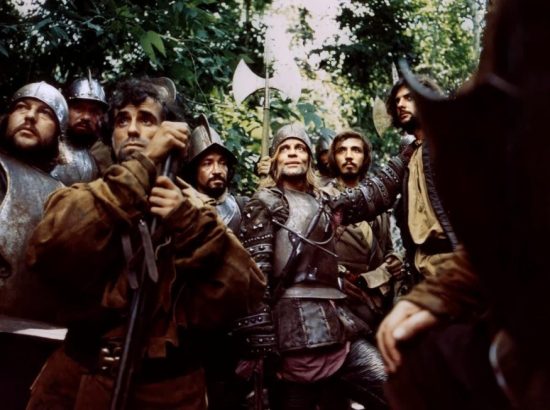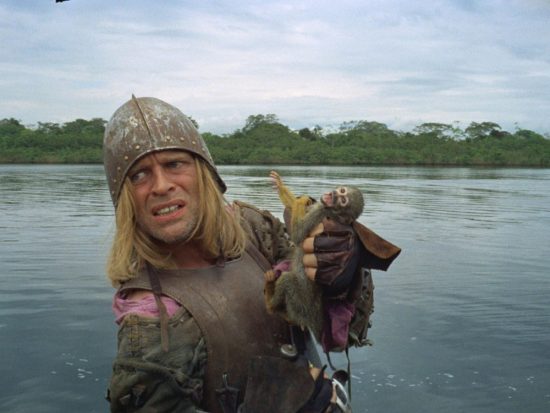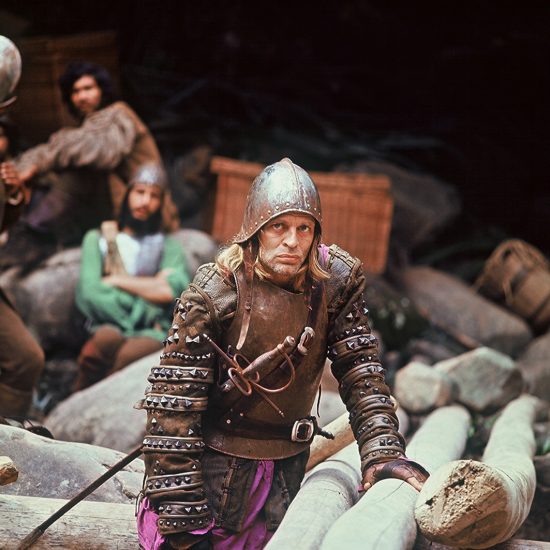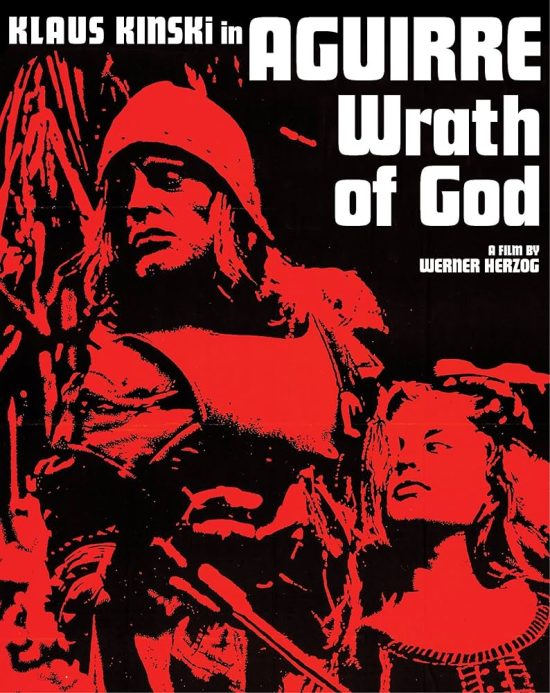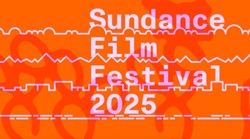A Film A Day – Aguirre, the Wrath of God (1972)
I have not really been planning out what film I will watch each day. They have usually been spur of the moment type decisions or something that has caught my fancy the day before. However, I did decide to go through my Blu-ray collection and pick out some films I had either not seen for a while or never watched. They have now been placed next to my TV so, if I do not have anything else to watch, I will go with whatever is on top.
That brings us to Aguirre, the Wrath of God. I have seen it a few times over the years, but I had yet to crack open the Blu-ray I purchased a few years back.
In the 16th century, the ruthless and insane Don Lope de Aguirre leads a Spanish expedition in search of El Dorado.
Last year I tried to watch at least one film a day. I failed. This year I am going to try again.
Should you choose to accompany me on this venture, I am writing regular updates, sharing the films I’ve watched and my thoughts on some of them. I am based in the UK, so I’ll note if certain films may not be available on streaming platforms in your region. Additionally, I’ll be referencing release dates from IMDB.com.
Enough preamble – let’s dive straight into my most recent celluloid adventure.
Aguirre, the Wrath of God (1972)
- Director: Werner Herzog
- Writer: Werner Herzog
- Cast: Klaus Kinski, Ruy Guerra, Helena Rojo, Cecilia Rivera, Peter Berling
- Watched on Blu-ray
Ah, Aguirre, the Wrath of God – what a captivating, twisted masterpiece. Werner Herzog’s ability to showcase the beauty of the environment is unparalleled. He seamlessly blends documentary and narrative filmmaking, lifting both to new heights. In Aguirre, the Wrath of God, the opening feels like a documentary, following Spanish Conquistadors and their slaves down the stone steps of Huayna Picchu at Machu Picchu, the jungle, and onto the river. The almost-direct gazes of the local cast enhance the film’s realism rather than breaking the illusion.
We follow the Conquistadors as they search for the legendary city of gold, El Dorado. The opening text tells us the locals made up the legend to trick the Spanish so we know they are doomed to failure.
They travel downriver, losing first men, then the rafts they travel on. They rebel declaring themselves free of Spanish rule and now part of the Empire of El Dorado. Building a larger raft they continue further down the river and into the heart of darkness. The expedition descends further into madness, battling hunger, local tribes, and the elusive El Dorado’s tempting promise of freedom.
While an epic tale told on a relatively small scale, the film’s effectiveness is unparalleled. Shooting on location adds a visceral layer, conveying the harsh conditions faced by the cast. Herzog’s direction is perfect with a naturalistic approach to everything, which results in a strange dreamlike quality to the proceedings. The juxtaposition of the Spanish soldiers against the beautiful landscape emphasises their intrusion on the land. The camera draws closer as the film moves on, making the sense of claustrophobia and doom stronger.
Now we have Klaus Kinski. It is well documented that he was tough to work with and his private life does sound horrendous. However, this is about the film so I will just be looking at his performance in it. I always feel like Kinski is a cinematic enigma as if he does not exist outside of films. His mannerisms, his face and those eyes never seem quite real. Almost like he is summoned through some dark ritual to appear before the cameras. There is no denying his intensity when on screen. You cannot help but look at him, even if he is simply standing, listening to a man play the panpipes.
I am always surprised at how little Kinski is actually in the film. Don’t get me wrong, he is the star of the film, but he is often lurking in the background or standing about all others (as in the case of the trial scene) while other characters are talking. Yet his presence is constantly felt throughout the film. Aguirre has total loyalty from his men through respect and large amounts of fear. As his greed overtakes him, his madness is almost contagious as he bends others to his will. Kinski is noticeably quieter and more withdrawn for much of his performance when compared to other roles. Herzog wanted Aguirre to be “quieter, more menacing” so he would deliberately antagonize or wind up Kinski before each shot. Then, once Kinski had ranted and raved using all of his energy, Herzog would start filming. I feel it works well as you are constantly on edge, waiting for an explosion that never comes.
Watching the film I felt compelled to draw Kinski at some point. Those eyes are truly captivating and the madness beneath would be something to catch on paper.
The soundtrack by Popol Vuh is a vital component, using Moogs, tape loops, and synthesizers to enhance the film’s hypnotic effect.
Despite its relatively short run-time (140 minutes) the film takes us on an epic journey that draws you slowly in and makes for a truly unique cinematic experience.
For those of you partaking in a daily film regimen, I encourage you to share your cinematic journey in the comments below. Let us exchange thoughts on the films we’ve watched—our impressions, delights, and perhaps the occasional disappointment.
Total Films Watched this year – 25
Happy viewing!
Thank you for supporting Live for Films (LFF) when you order using the affiliate links in the article. As an Amazon Associate LFF earns from qualifying purchases. If you are using an adblocker you will not see the link.

